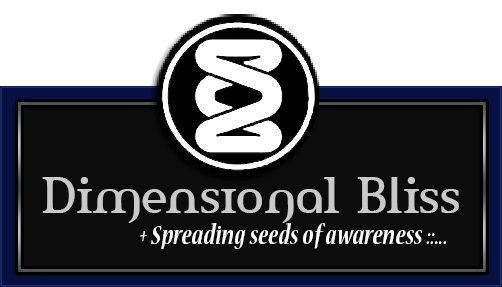
 |
| A British-American and two Norwegian scientists were awarded this year’s Nobel Prize in Physiology or Medicine for discovering brain circuits that form an “inner GPS” system that helps us to navigate our environment. |
Excert from online.wsj.com
Half of the prize was awarded to American-born John O’Keefe for identifying nerve cells that enable the creation of a spatial map that determines our sense of “place.” The other half of the prize was shared by a Norwegian couple, May-Britt Moser and Edvard I. Moser, who identified a separate set of nerve cells involved in navigation.
A sense of place and navigational ability are both central to our existence. Most memories are linked to a physical place, meaning that much information we remember and use in daily life has a spatial context to it.
By connecting electrodes to the brains of rats as they moved freely in a room, Dr. O’Keefe discovered that certain nerve cells got activated when the rat was in a particular spot. Crucially, the cells weren’t just registering the location, but also appeared to be making circuits constituting an inner map of the place.
If the rat was put in another part of the room, another set of nerve cells got activated. When the animal was returned to the original location, the original cells were reactivated. The upshot: The memory of a place was stored as a specific combination of these nerve or “place” cells.
“The great surprise was that [hippocampus] was a spatial system,” recalled Dr. O’Keefe, at a briefing on Monday in London.

Regarded as the most prestigious prize for medical and physiological research, the eight million Swedish kronor ($1.1 million) Nobel award is given to recipients whose discoveries greatly enhance the understanding of life or the practice of medicine. The decision is made by the Nobel Assembly at the Karolinska Institute—a group of 50 professors whose 18-member working body evaluates nominations from scientists around the world and proposes top candidates.
—Anna Molin and Christina Zander contributed to this article.


Comments